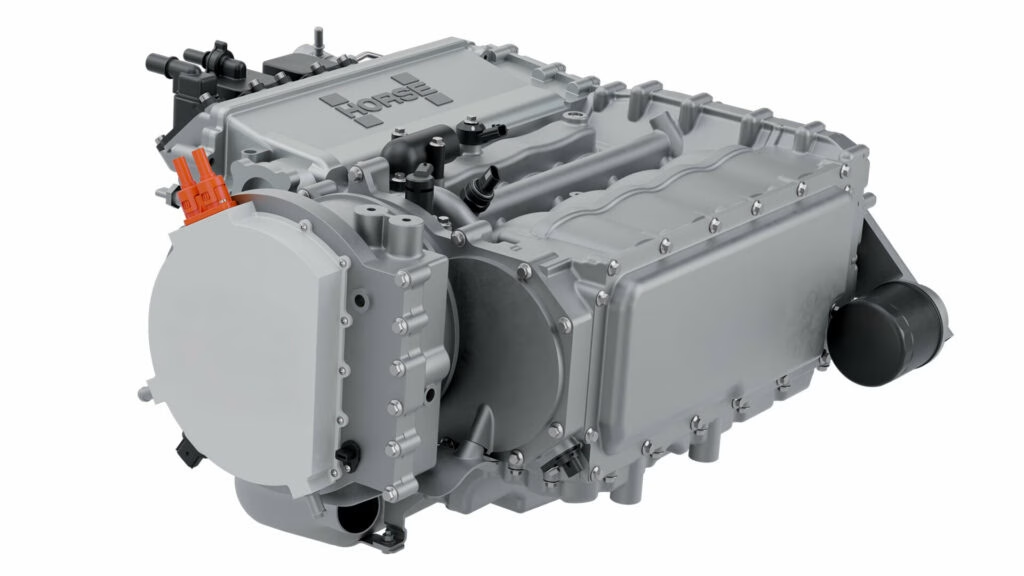How does the Horse C15 powertrain actually work, and why are automakers interested now?
Automakers have been on a rollercoaster with electric vehicles. Not too long ago, it seemed like every major brand was racing toward an all-electric future. But lately, the tune has changed. Range anxiety, infrastructure gaps, and shifting consumer preferences have forced a rethink. Enter the Horse C15—a powertrain about the size of a hefty briefcase, designed to transform pure electric vehicles (EVs) into range-extended hybrids with minimal fuss.
The C15 is more than just a compact engine. It’s a 1.5-liter four-cylinder paired with a generator, inverter, and its own cooling system. The whole package is so small it could fit in the front trunk (frunk) of many EVs, and it can be installed either horizontally or vertically. That flexibility is a big deal for automakers looking to retrofit existing EV platforms without a costly redesign.
What makes the C15 different from traditional range extenders?
Traditional range extenders are often bulky, heavy, and not particularly efficient. The C15 stands out because it’s engineered for modern emissions standards (specifically Euro 7) and is designed from the ground up for compactness and adaptability. In its naturally aspirated form, it produces up to 94 horsepower—enough for small and midsize vehicles. There’s also a turbocharged version that bumps output to 161 horsepower, making it suitable for larger cars and crossovers.
Another key point: the C15 isn’t picky about fuel. It can run on gasoline, ethanol, methanol, or even synthetic fuels. That’s a nod to the growing interest in alternative fuels as a bridge technology while the world continues to build out EV infrastructure.
How easy is it to convert an EV with the C15, and what does it mean for consumers?
One of the C15’s biggest selling points is its plug-and-play nature. Horse claims that automakers can convert a battery-electric vehicle into a range-extended EV with “minimal modification” and at a relatively low cost. For consumers, this could mean more choices—especially for those who love the idea of an EV but aren’t ready to give up the security of a backup generator for long trips.
It’s also a potential win for automakers who may have overcommitted to EV-only lineups. Instead of scrapping existing models or platforms, they can adapt quickly to changing market demands. That’s not just theory: range-extended EVs are currently the fastest-growing powertrain category in several global markets, according to industry analysts. In China, for example, range-extender sales have surged as buyers look for practical solutions to range and charging concerns.
What about emissions, regulations, and future-proofing?
The C15’s compliance with Euro 7 emissions standards is no small feat. These regulations are among the strictest in the world, targeting not just CO2 but also particulates and nitrogen oxides. By meeting these requirements, the C15 positions itself as a future-proof solution for automakers selling in Europe and other markets with tightening emissions rules.
The ability to run on synthetic fuels is another hedge against regulatory uncertainty. As governments debate the future of internal combustion, synthetic and biofuels are gaining traction as lower-carbon alternatives. The C15’s flexibility means it could stay relevant even as fuel standards evolve.
Are there real-world examples or case studies of similar tech working?
Absolutely. The BMW i3 REx was one of the first mainstream EVs to offer a small gasoline engine as a range extender, and it earned a loyal following among urban drivers who wanted the benefits of electric driving without the anxiety of running out of juice. More recently, Chinese automakers like Li Auto have found success with range-extended EVs, especially in regions where charging infrastructure lags behind demand.
The C15 takes this concept further by making the technology smaller, more adaptable, and easier to integrate into a wider variety of vehicles. That’s a big leap for the industry.
What’s the big takeaway for drivers and the auto industry?
The C15 isn’t about picking sides in the EV vs. hybrid debate—it’s about flexibility. For drivers, it means more options and fewer compromises. For automakers, it’s a lifeline in a market that’s changing faster than anyone predicted. The result? Pure magic. The big takeaway: transitioning to electrified mobility isn’t about perfection—it’s about smarter adjustments. Start with one change this week, and you’ll likely spot the difference by month’s end.

